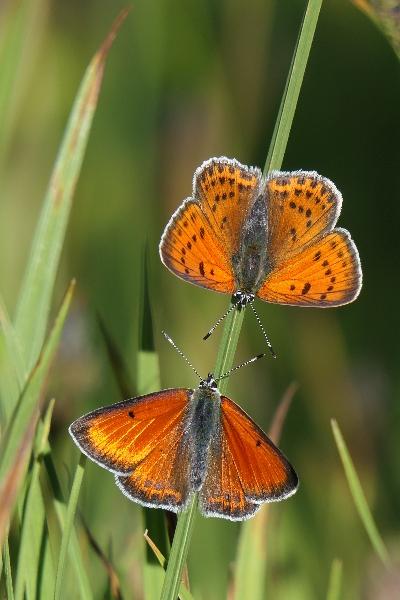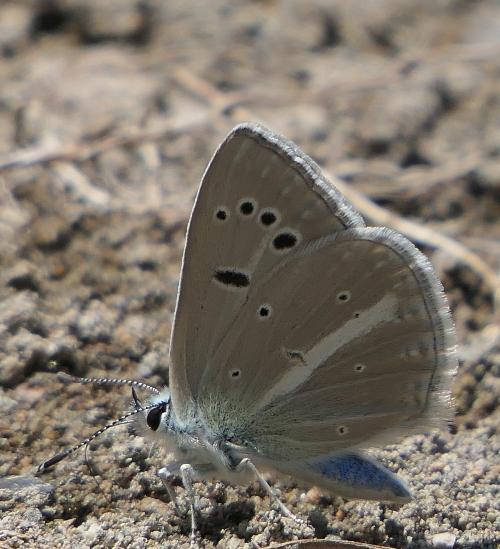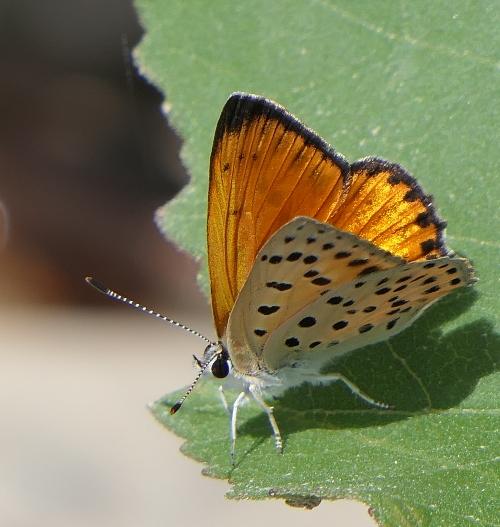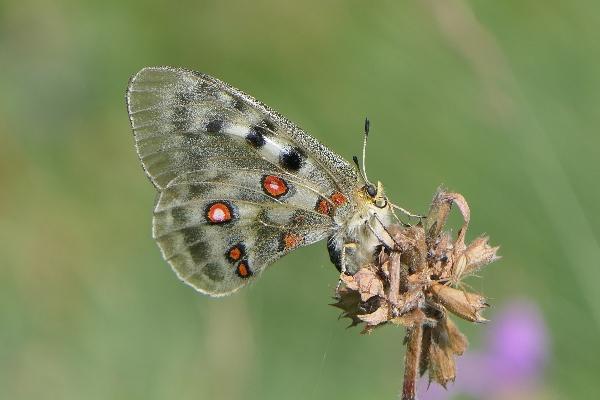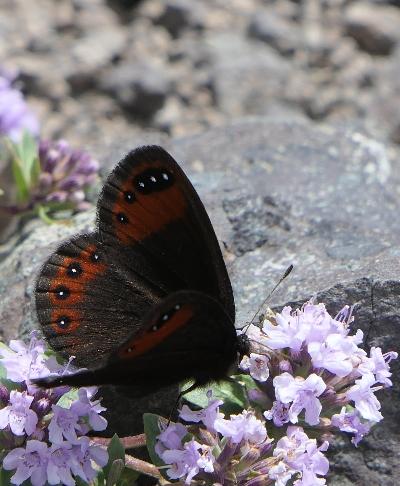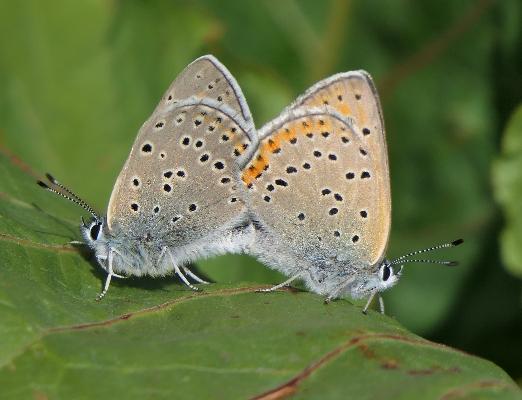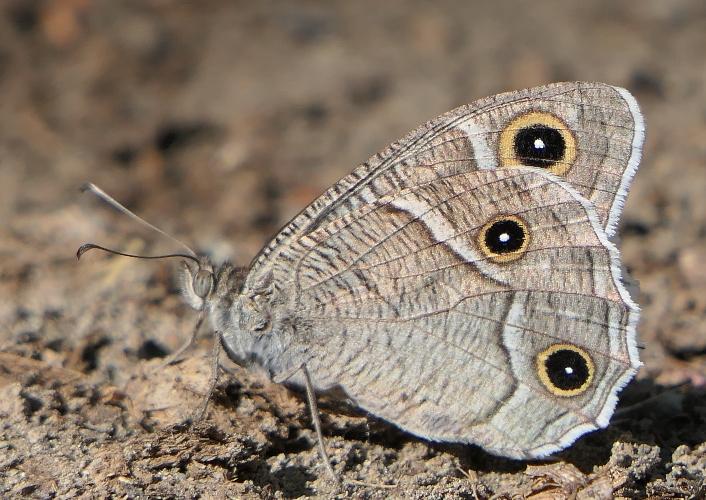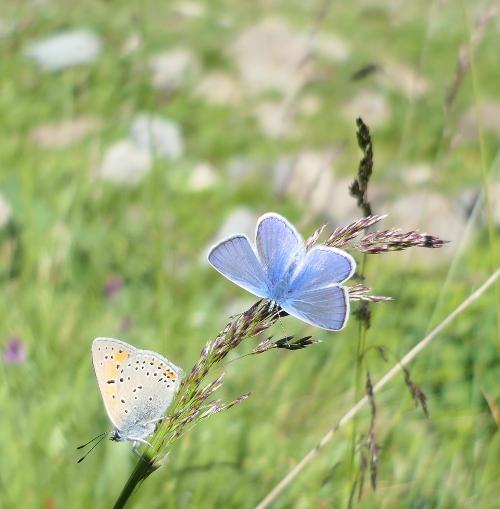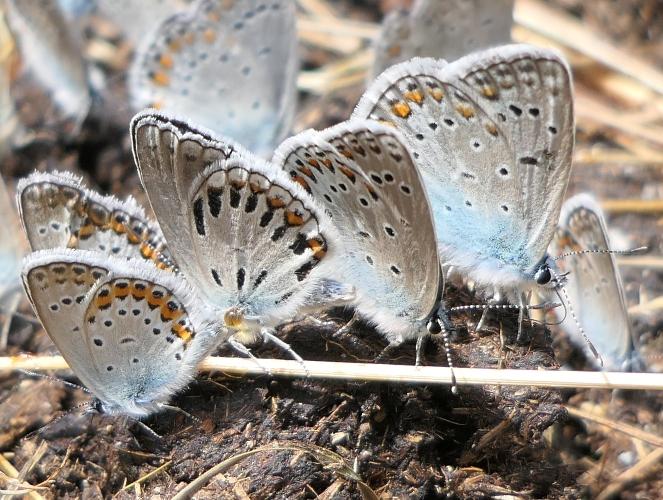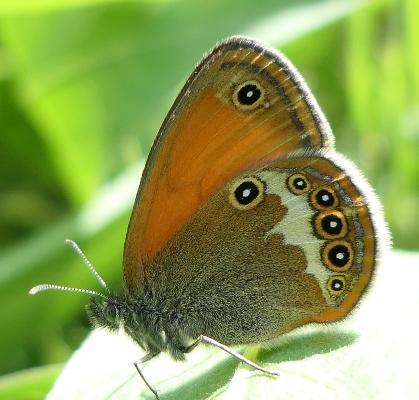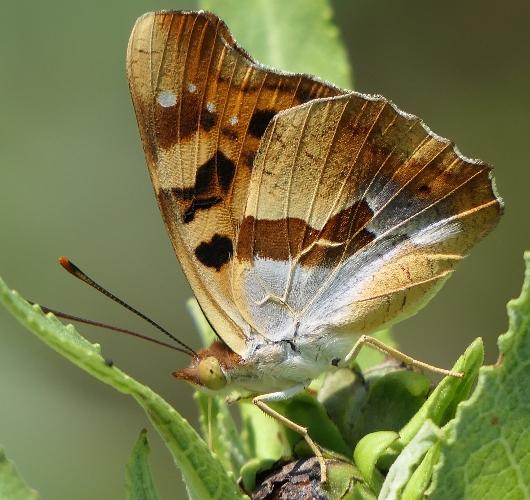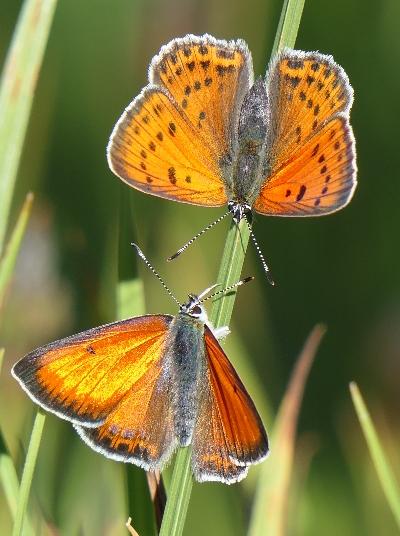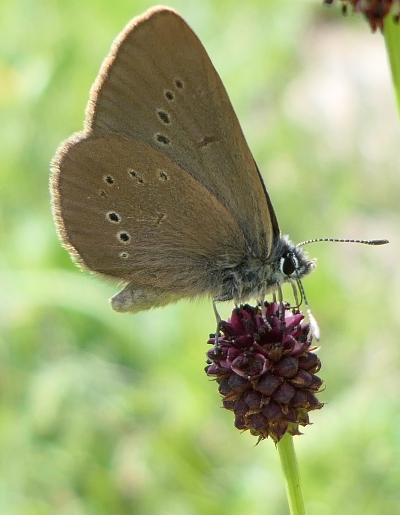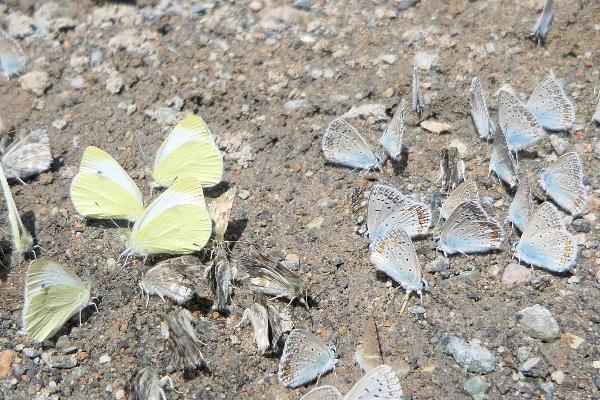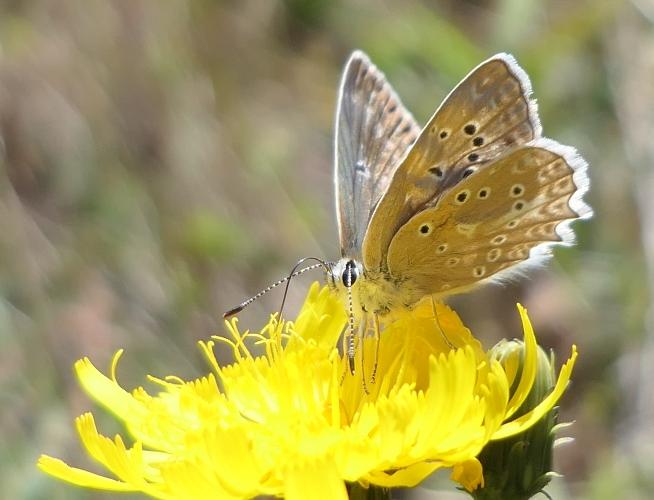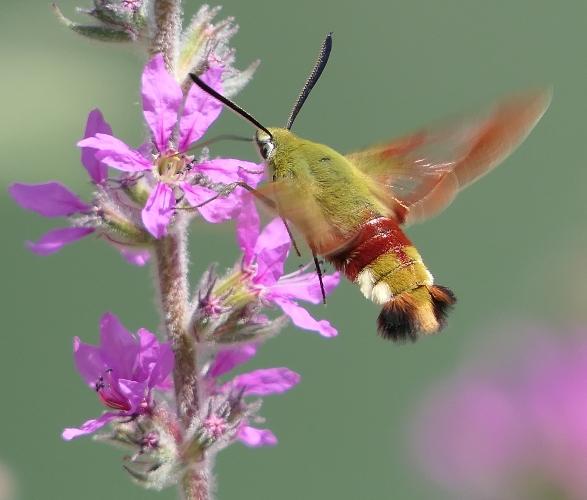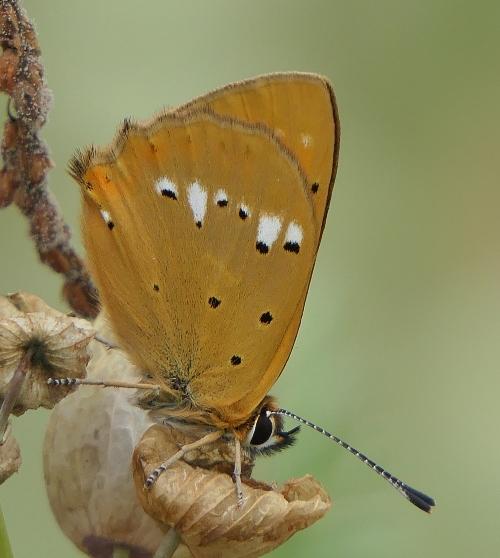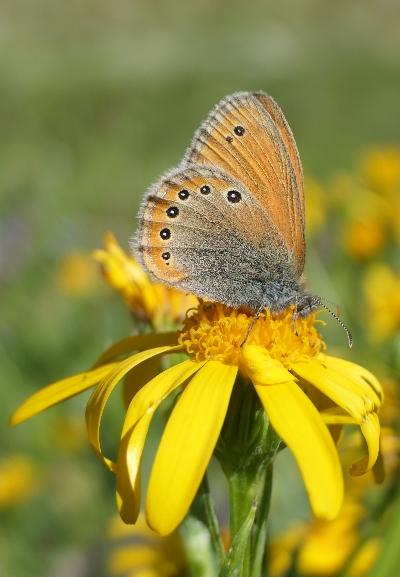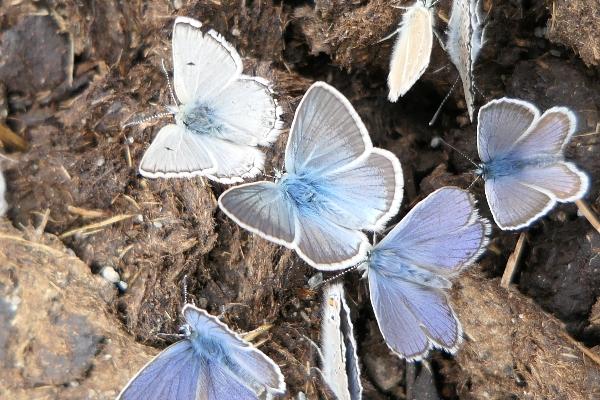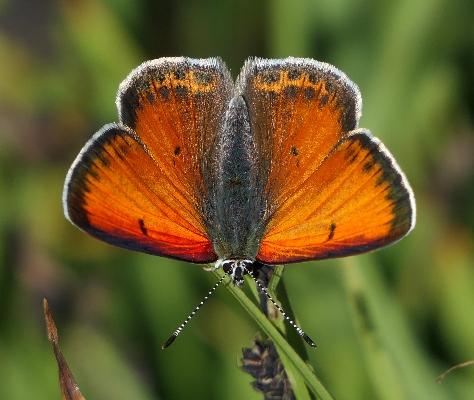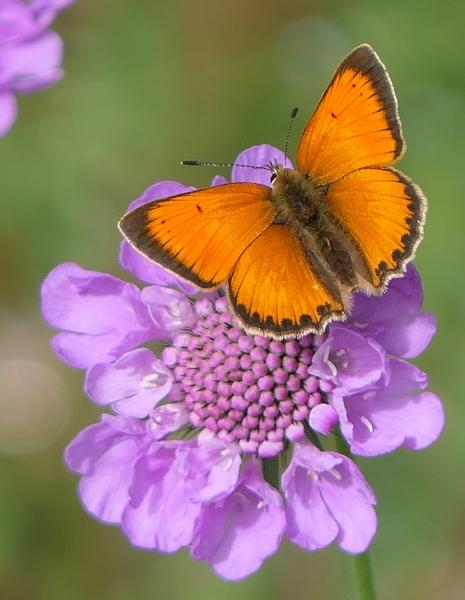News
More from the Pontics
2nd Sep 2020
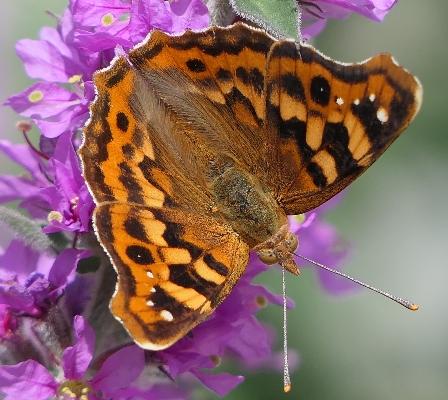
A thousand butterflies in just ten square metres.
This was where some cement had leached into the roadside gravel by an ancient clapper bridge just above the village of Yaylalar 1800m up in the Kaçkar Mountains. They were mostly blues. Fifteen species (still checking the pictures) or so including all sorts of nice species – Aedon Blue, a particularly large species, stood out, and amongst the common Damon Blues were perhaps half a dozen other species of Agrodiaetus type blues. More on those later! Further up the valley by the café at the top village and just by our hotel was a metre square lump of cow dung that at its least disturbed held six hundred blues and skippers, literally obscuring the surface. The tracks that run through these mountains are, wherever some water comes on to them, full of butterflies, they fly up in little clouds as you walk or drive by.
Another highlight was the along the banks of the mighty Çoruh River where a gravel bar had a stand of Purple Loosestrife. Half a dozen Ionian Emperors were visiting the flowers and were very tame allowing for great photography. Better still was a shimmering copper with brilliant golden-orange upperwings and apricot coloured underwings with many large dark spots. The Turkish Golden Skipper is a particularly beautiful and distinctive species. One loosestrife had six Southern White Admirals on it! Across the river we found a number of White-bordered Graylings, no problems with identifying this grayling as its unusual markings are unlike any other in Turkey.
During the two weeks we saw at least 170 species. This year we were concentrating on the butterflies and dragonflies, usually the flowers are at least equal billing but this year the group’s interest was largely focussed on fauna. We drove up to over 3000m on one day where Pontic Blues, Glanville Fritillaries and the beautiful Hewitson’s Ringlets were the only butterflies flying. A little lower and there were Clouded Apollos, one had to descend a thousand metres to get to meadows where the Apollo was flying! Fritillaries were many and varied. Familiar species such as Dark Green Fritillaries and Silver-washed Fritillaries were locally abundant. Less familiar were Caucasian Fritillary, whose brilliant orange matched those of the abundant Balkan Coppers in the flowery meadows, and Caucasian Spotted Friitillary. It was great to see many colonies of Twin-spot Fritillary. One morning east of Ardahan we saw ten species of Fritillary and in the afternoon we looked at another meadow only 600m away and here there were five completely different Fritillary species! We saw some lovely Graylings – from the impressive Hermit that was common in the ruins at Ani to Tree Grayling, and from Geyer’s Asian Grayling to False Grayling.
We saw all of the northeastern Turkish species of copper, beautiful species all. White Letter and Brown Hairstreaks are Turkish rarities, and we also saw Sloe, Blue Spot and Rebel’s Hairstreaks. Blues are truly abundant in the northeast. Everywhere we went there were Silver-studded Blues often in huge numbers. Sometimes Idas were as common and occasionally there were Reverdin’s Blues too. Little Tiger Blues were in the hot valleys as well as Short-tailed, Bavius and Eastern Baton Blues. We found a Large Blue early on and Alcon Blue too and later completed the Turkish Phengaris list with several large colonies of the often elusive Dusky Large Blue. The first one of these I saw I initially mistook for an Agrodiaetus blue, a diverse group of species in Turkey and one that puts the fear of identification into European lepidopterists. In the region we visited there are around twenty of them. However identification is not as difficult as it seems as long as you are looking at the males (which is often the case anyway) and that you see and record the upperside markings as well as the underside. Whilst a few are extremely difficult to identify most fall readily into subgroups of two to four species. In fact some are very distinctive. Most important though is to get to know the Damon Blue thoroughly as this species is the commonest anomalous blue in most areas. We soon started to work out others. Hopffer’s Blues, Ripart’s Anomalous Blues and Turkish Blues were recorded at many sites. There were also Polyommatus demavendii, Polyommatus aserbeidschanus, Actis Blue and the highly distinctive Hubert’s Blue with its amazing blue body, sharp markings and brilliant uppers.
Aberrant butterflies are always an unusual find and on this tour two were spotted. An Anomalous Blue with elongate spots on the hindwing and a truly strange looking Loew’s Blue – see a photograph of the latter alongside this article!
Plant, bird and mammal news from the trip to follow!
